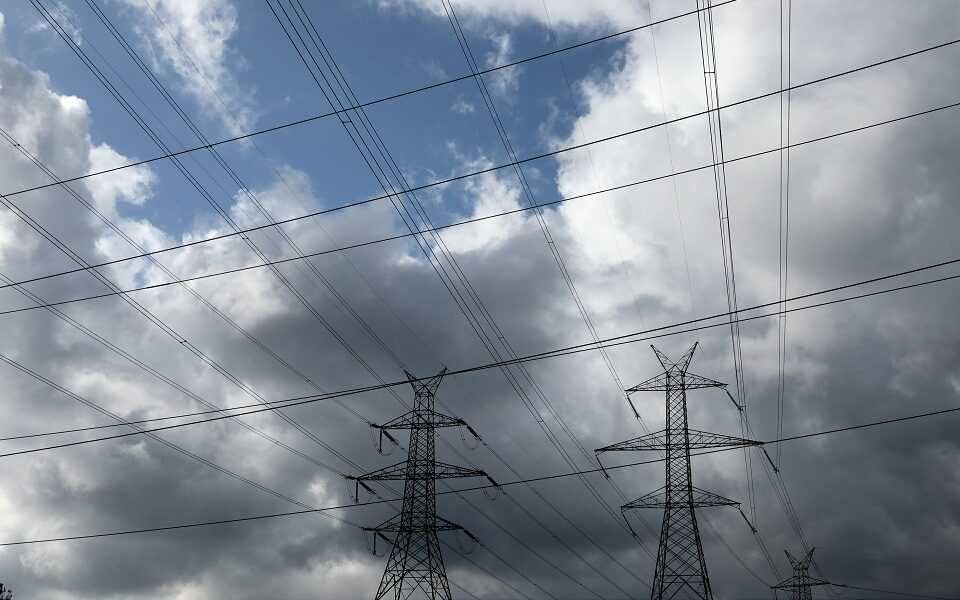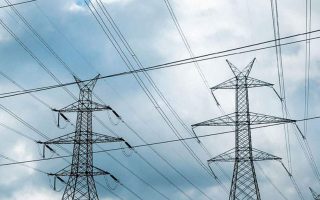Most electricity consumers go ‘green’

The vast majority (95%) of electricity consumers have chosen the so-called “green” rates (more than 85% of private providers’ customers and almost all of Public Power Corporation’s customers) and few seem willing to move to another tariff or provider, as they wait for February’s rates to be set.
However, no dramatic shifts are expected in provider market shares, since the differences in the special green tariff are very small, with the exception of Elpedison and Zenith, which announced for January the highest prices at 17.058 and 16.947 cents per kilowatt-hour respectively.
A big shift, according to market players, could be caused by a very competitive fixed tariff, which cannot be ruled out if the forecasts for natural gas prices in the international market are confirmed.
With natural gas stock in Europe’s reserves still high amid the winter season and demand in Europe easing, analysts expect prices to dip even below 25 euros per megawatt-hour in the spring. This development in any case discounts the continuation of the low electricity prices we saw in January and for the coming months, unless there is some new geopolitical turmoil or some other extreme reason that would disrupt the supply of the market.
However, January’s tariffs showed that competition on the special green tariff has worked, with the majority of providers offering prices below 15 cents/kWh.
For the majority of providers, low prices are reserved for consistent customers, since they are formed after significant consistency discounts. This means that, in addition to the final kilowatt-hour billing price, consumers should also pay particular attention to the conditions listed in the comparative table announced by the regulator, since for example if they do not pay their bill on time they are not entitled to a consistency discount, which results in them paying much more per kilowatt-hour than the listed final price.
Consistency discounts also act as an incentive for providers to increase the share of their customers who pay on time, which currently stands at around 80% across the market. Another parameter that consumers should take into account is the fixed charge.





